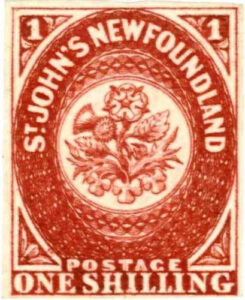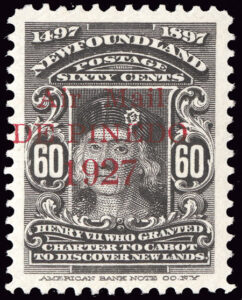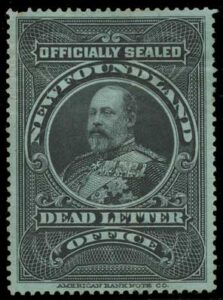

Specialty Catalogs: The Scott Classic catalog is exceptional for Newfoundland. Because Newfoundland is a British colony, many collectors use the Stanley Gibbons catalog. Gibbons is for the most part somewhat needlessly overspecialized. Shades and perf varieties are appealing to collectors. But shades and minor varieties should always be minor “a” numbers and not major problem catalog numbers. Scott for the most part gets this right. Gibbons often does not.
Specialty Albums: The Scott Specialty series produces a Canada album of which the Newfoundland section is a part. The best album, though, is the Lighthouse hingeless specialty album.

Availability of Material: Newfoundland is a stamp collector’s delight. The country’s issues consist of several hundred stamps, all of which are beautifully designed and engraved. The price point of most of the sets is low enough to be affordable but high enough to have an enthusiastic dealer network handling its stamps. As part of the Canadian network of collectors, there is significant supply, and all but a few rarities can usually be found.
Expense: The country can be completed, except for ten stamps, for less the $2,000. For the ten most expensive stamps, the price can run up to $20,000 each.
Overall Grade: B+
